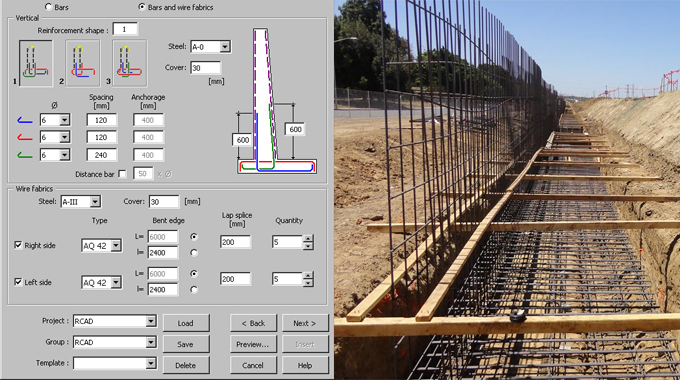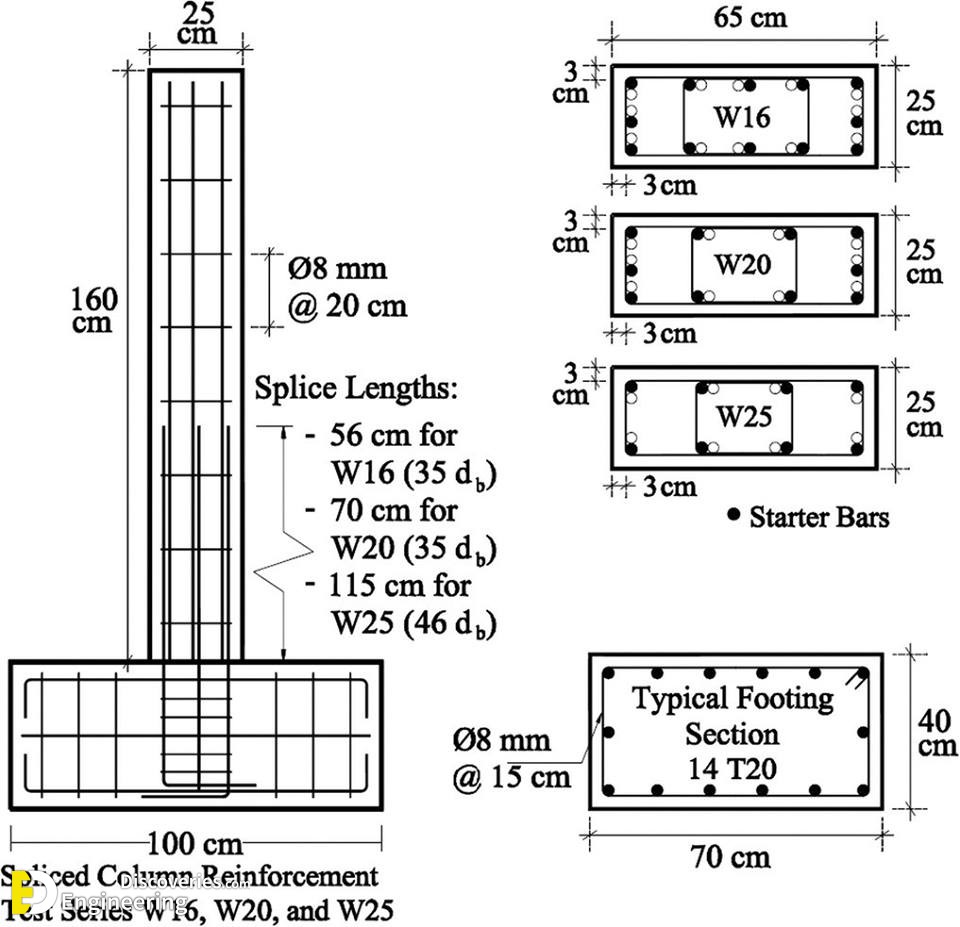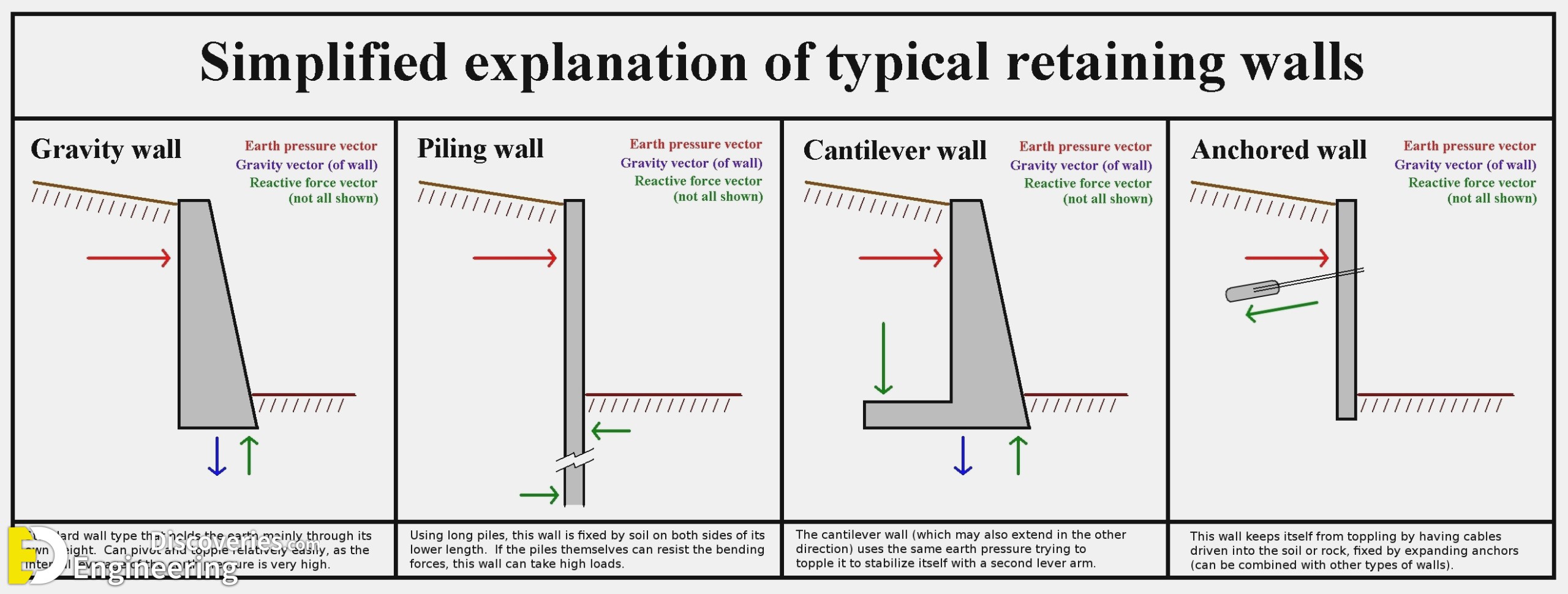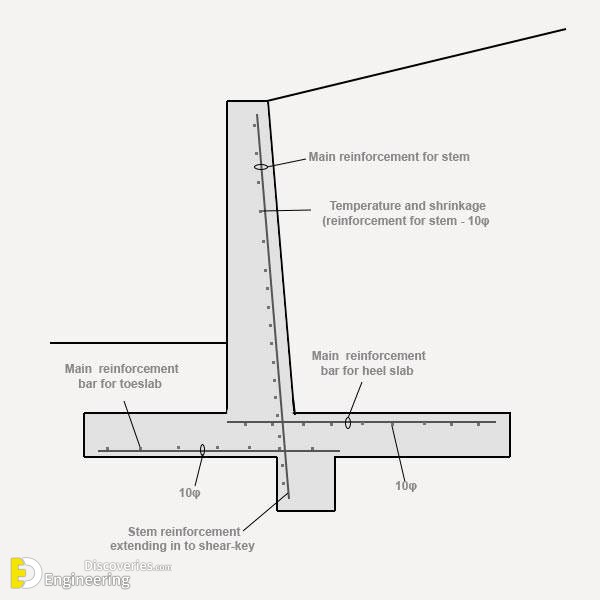Some Useful Information On Retaining Walls
A retaining wall must hold all the soil between itself and the failure plane. The failure plane is the angle at which the soil can retain itself before collapsing.
A strong wall is developed with a well-compacted base material and stepped-back materials. Also, it should have compacted material facing the wall to avoid kick-out.
In the end, a wall will always fail if it contains an irregular base, if it has no compacted material ahead of it, or if the wall has no step-back.
From upper to lower, a wall that is developed efficiently will either resist water from flowing behind the wall or steers it away instantly when it does.
Water stuck behind a wall shoves against it and raises the weight of the soil, which also shoves against it.
A wall should have the capability to handle water, otherwise, the water will move the blocks out of place.
Types of Retaining Walls
- Gravity Retaining Wall
- Crib Retaining Wall
- Gabion Retaining Walls
- Cantilever Retaining Wall
- Counter-fort / Buttressed Retaining Wall
- Anchored Retaining Wall
- Piled Retaining Wall
- Mechanically Stabilized Earth (MSE) Retaining wall
- Hybrid Systems
For More Information Watch This Video
This construction video is based on a construction sequence animation. The animation is created for arranging the reinforcement of a single retaining wall panel.
For More Info. About Retaining wall







